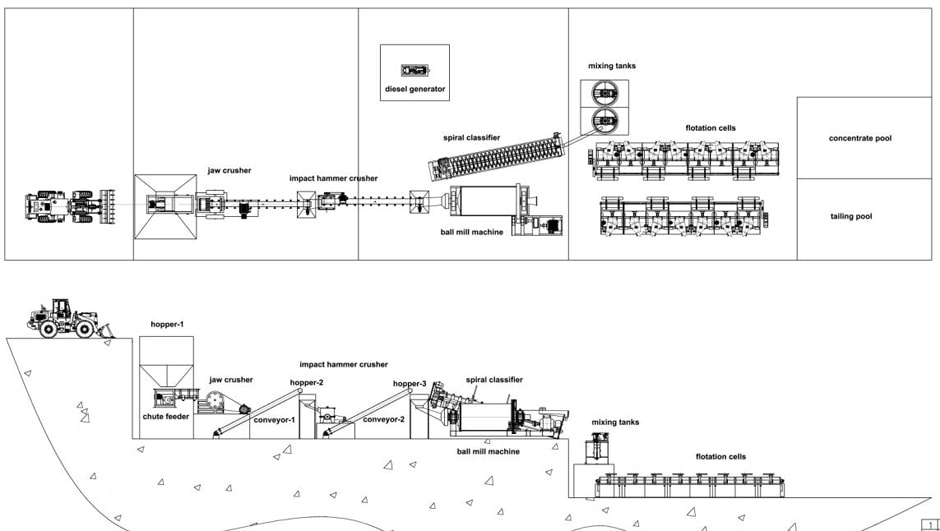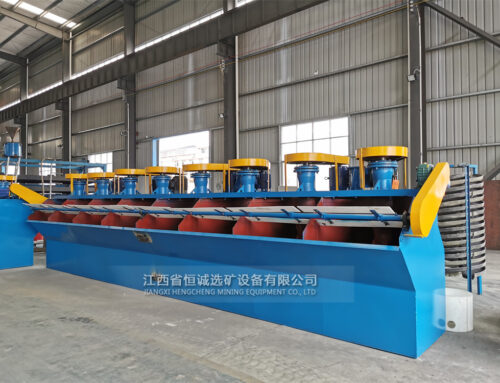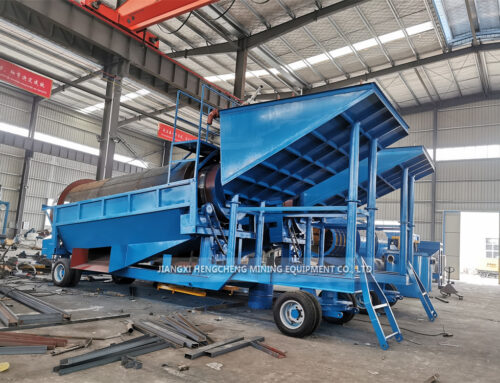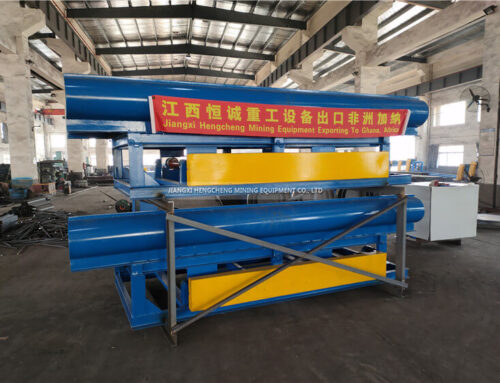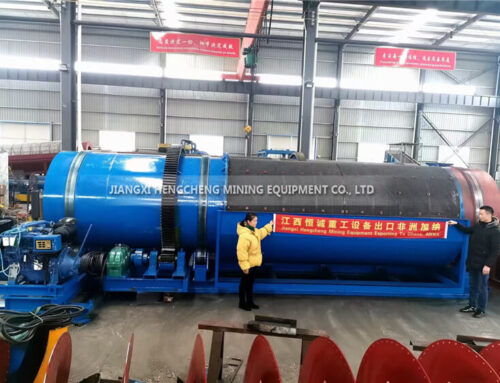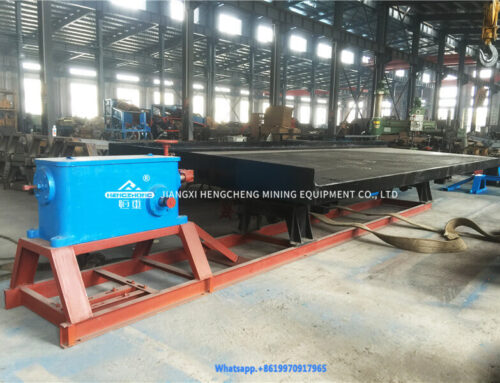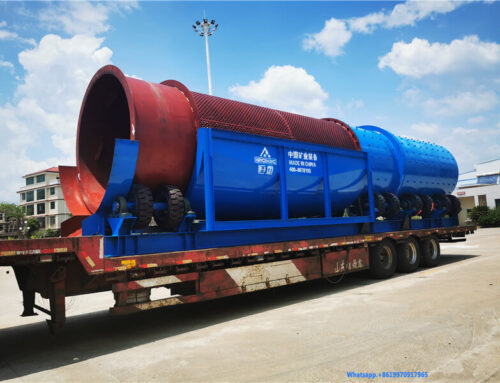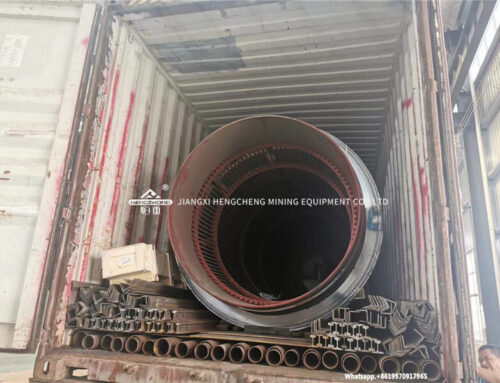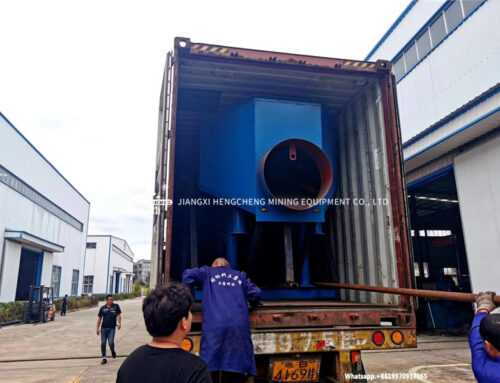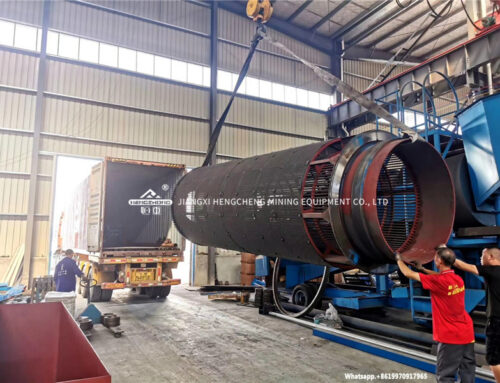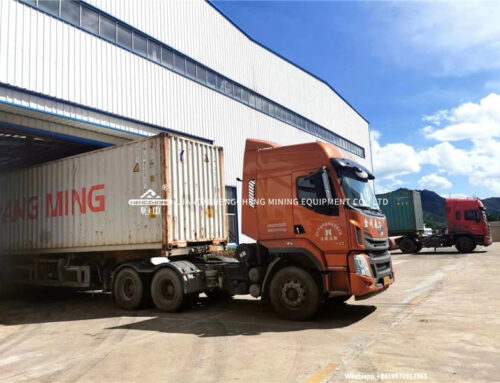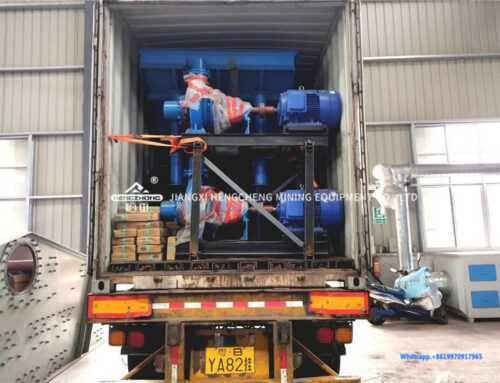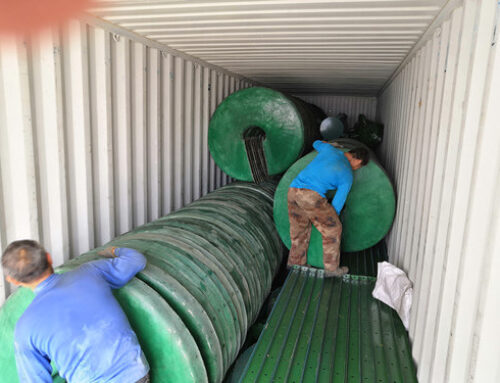The flotation process consists of producing a mineral concentrate through
the use of chemical conditioning agents followed by intense agitation and
air sparging of the agitated ore slurry to produce a mineral rich foam
concentrate. The process is said to have been invented by a miner who watched
the process happening while washing dirty work clothing in his home washing
machine.
Specific chemicals are added to either float (foam off) specific minerals
or to depress the flotation of other minerals. Several stages of processing
are generally involved with rough bulk flotation products being subjected
to additional flotation steps to increase product purity.
The flotation process in general does not float free gold particles but is
particularly effective when gold is associated with sulfide minerals such
as pyrites. In a typical pyrytic gold ore, the gold is encapsulated within
an iron sulfide crystal structure. Highly oxidized ores generally do not
respond well to flotation.
Advantages of the flotation process are that gold values are generally liberated
at a fairly coarse particle size (28 mesh) which means that ore grinding
costs are minimized. The reagents used for flotation are generally not toxic,
which means that tailing disposal costs are low.
Flotation will frequently be used when gold is recovered in conjunction with
other metals such as copper, lead, or zinc. Flotation concentrates are usually
sent to an off-site smelting facility for recovery of gold and base metals.
Cyanide leaching is frequently used in conjunction with flotation. Cyanidation
of flotation concentrates or flotation tailings is done depending upon the
specific mineralogy and flow-sheet economics.
Here we Hengcheng, could supply complete gold flotation plant design and all equips;
welcome to contact for further discussion.
Web: www.oremachinery.com

